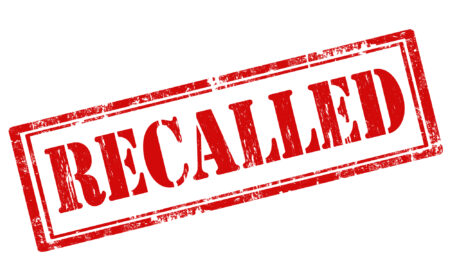There are some in the healthcare field who believe that when hospitals adopt GS1 standards (www.gs1.org) and integrate them into their MMIS (materials management information systems), this is enough to control their clinical inventory effectively. I argue that this is not a satisfactory solution to the challenge of clinical inventory management and documentation. The adoption of standards is important for any industry, certainly including the healthcare sector. However, the issues that need to be addressed in healthcare go beyond just the adoption of standards.
For example, most clinical documentation systems currently are not able to parse GS1 barcodes, which makes it difficult to scan items with such barcodes because every time the lot/serial number and expiration date change, so does the barcode. As a result, the pedigree information would still have to be entered manually (assuming receiving system accepts such information). In addition, MMIS systems are generally not set up to receive/maintain products for each clinical department, but rather to receive against a PO and then to be expensed to an individual department. Once expensed, this inventory is “off the books” and invisible until the next physical count. Furthermore, MMIS systems have limits in the length of product descriptions, and those descriptions can be quite obscure and difficult to understand, not to mention categorize and report on.
On the other hand, there are a number of important advantages provided by a true clinical inventory management system such as VueTrack™. With such a system departments can: (1) maintain an accurate count of on-hand inventory at any given point in time; (2) monitor consignment levels; (3) track expirations and recalls; (4) compare what’s utilized for patient care versus what stagnates; (5) and dynamically calculate appropriate par levels based on actual consumption history, thereby avoiding waste. Additionally, clinical inventory management systems track inventory and facilitate the clinical documentation process across all clinical departments, regardless of the limitations of clinical systems or their barcode reading issues. Furthermore, interfacing with a system such as VueTrack™ eliminates all issues related to barcode recognition and lot number/expiration date capture and documentation errors, and also simplifies and expedites the recording of product utilization. Finally, true clinical inventory management systems can maintain a common database and nomenclature for both inventory tracking/replenishment and clinical documentation purposes.





